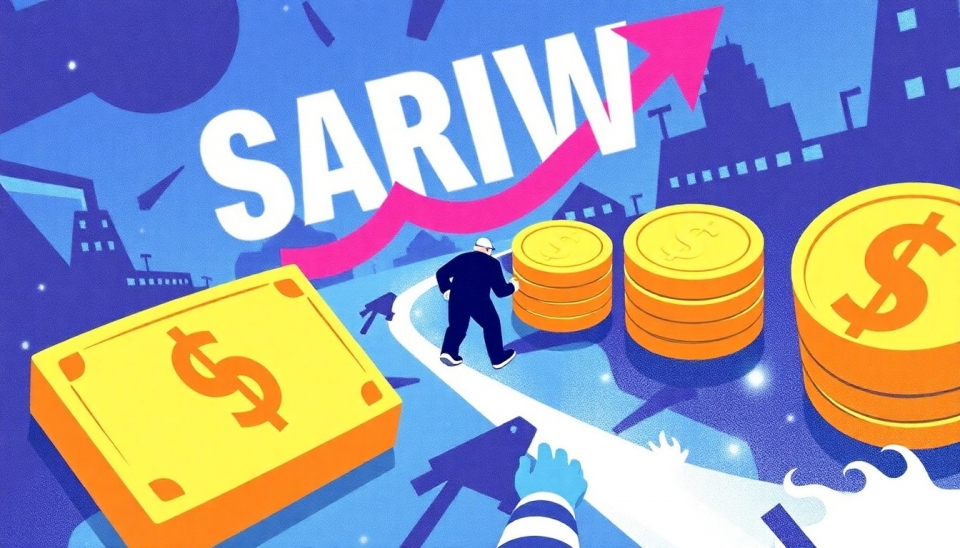
The video game industry is experiencing a seismic shift, with development costs skyrocketing to unprecedented heights. As gaming technology advances and expectations grow among players, the financial implications are becoming a significant concern for publishers and developers alike. This article delves into the multifaceted reasons behind the ballooning budgets in game creation, the stakes involved, and what it means for gamers and the industry as a whole.
In recent years, high-profile titles have frequently reported development budgets surpassing $100 million, with some even approaching or exceeding the $300 million mark. This surge in production costs can be attributed to several factors, including the enhanced complexity of modern games, the demand for stunning graphics and sound, and the pressure to create expansive worlds filled with rich content.
One of the primary reasons for the increase in expenses is the size of game development teams. Projects that once required a modest group of developers now often involve hundreds, if not thousands, of talented individuals working across various specializations. The need for expertise in areas such as artificial intelligence, 3D modeling, and game design necessitates hiring top-tier professionals, which further drives up costs.
Moreover, as games become increasingly immersive and visually stunning, the demand for cutting-edge technology has also risen. Developers are investing heavily in advanced engines and tools to enhance graphics, physics, and gameplay mechanics. Additionally, integrating features such as virtual reality and massively multiplayer online elements adds even more layers of complexity, resulting in higher financial commitments.
Another significant contributor to the rising costs is marketing. In today’s competitive landscape, merely creating a great game is not enough; publishers must also invest heavily in advertising campaigns to ensure visibility amidst the clutter of numerous releases. Promotions, influencer partnerships, and engaging in various media platforms are now seen as essential components of a successful launch. This marketing frenzy can sometimes rival or even exceed development costs, amplifying the financial risks involved.
Consumer expectations are also altering the calculus of game pricing. Players now anticipate polished experiences, extensive post-launch support, and regular content updates, all of which require ongoing investment. The success of many AAA titles hinges on their ability to engage players with continuous new content and improvements, which adds to the overall budgetary concerns.
As these costs surge, companies must consider their financial strategies carefully. Some have turned to various monetization models, including DLCs, microtransactions, and subscription services, in an effort to recoup expenses and draw in revenue beyond the initial sale. While these strategies can help offset the risk associated with large budgets, they can also provoke backlash from players who may feel that the additional costs detract from the gaming experience.
The implications of escalating development expenses are vast. For smaller companies or independent developers, the challenge of competing in an industry dominated by big-budget titles can stifle creativity and innovation. Thus, alternative models that promote diverse gameplay experiences are becoming increasingly important. Furthermore, as larger studios push the envelope in what is feasible, there may be a market backlash as gamers grow weary of microtransactions and overly monetized experiences.
In conclusion, the surge in video game development costs is multifaceted, driven by the complexity of modern gaming, the scale of production teams, advancing technologies, and rising consumer expectations. As the industry adapts to these changes, stakeholders from developers to gamers must navigate the evolving landscape carefully, ensuring that the joy of gaming remains at its core even amid rising prices.
#VideoGames #GameDevelopment #GamingIndustry #Investment #Technology #CostManagement #GamerExpectations #AAA #GameDesign #IndieGames
Author: John Miller




